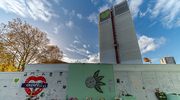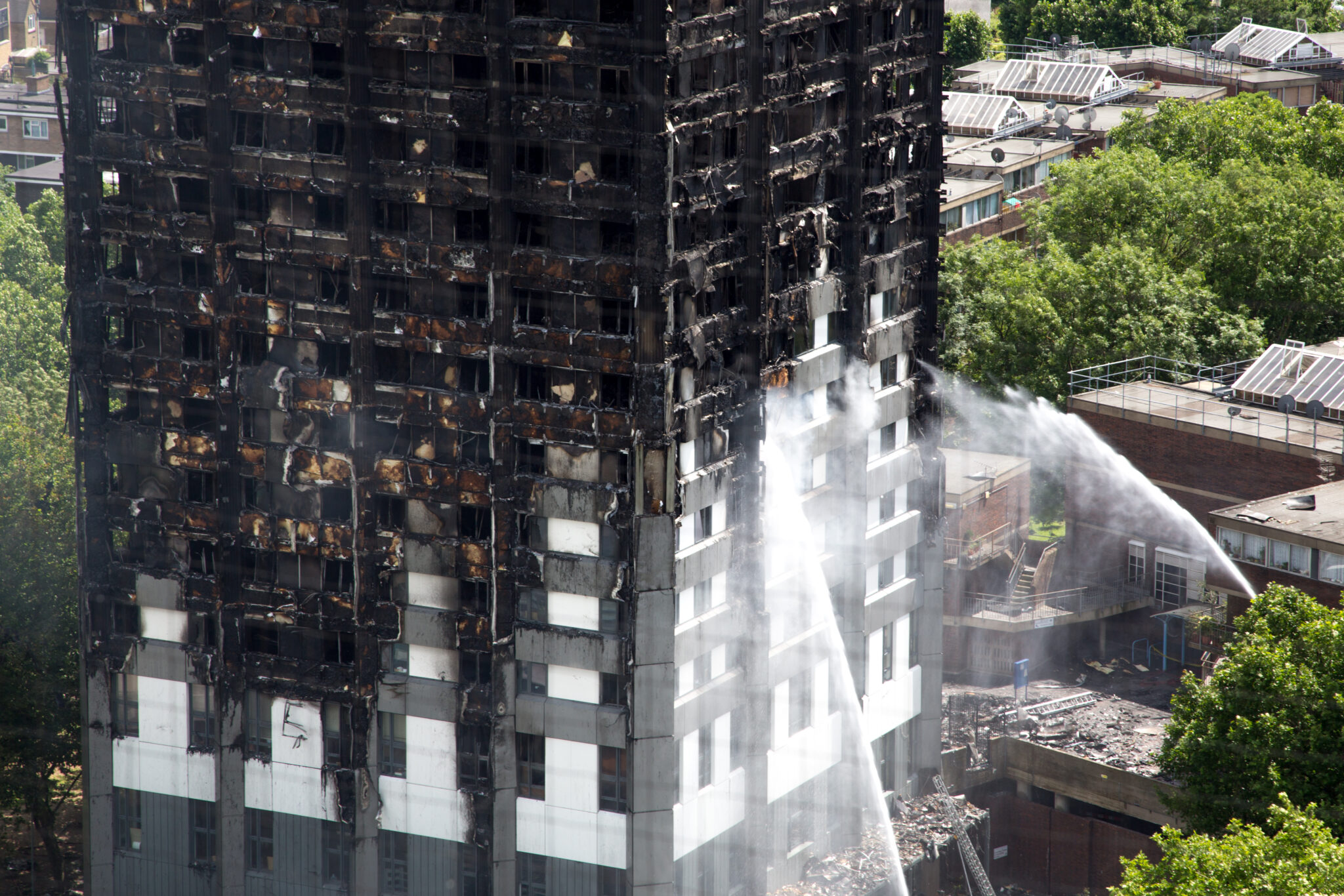Removal of ACM cladding ‘77% complete’
- November 6, 2020
- 10:52 am


Iain Hoey
Share this content
The ministry of Housing, Communities and Local Government (MHCLG) has said in its latest data release that removal and replacement of aluminium composite material (ACM) cladding has ‘begun or completed’ on 77% of ‘identified’ high rise buildings.
IFSEC Global reported on the claim by MHCLG in its latest data release for cladding remediation, stating that works have ‘either started or been completed’ on 77% of the high rise buildings identified as having ACM cladding. This was an increase of 10 since August, with 41% of buildings having ‘completed all’ works, an increase of 22, but 105 buildings have still not seen work begin, and only eight ‘are vacant’.
The news outlet pointed out in turn that 23% of high rises identified as ‘unlikely to meet’ building regulations by the government are ‘still yet to begin any remediation work’, and that ‘many in the sector will argue that the process has not been carried out quickly enough’. MHCLG said that this is a ‘complex process’, and remediation work is ‘addressing any issues with the exterior cladding system and broader fire safety systems for each building’.

ACM cladding unlikely to meet regulations
It added that ‘all of this work takes time and varies considerably depending on the building structure’, with the estimated total number of multi occupant high rises 18m or taller in England said to be 12,500, with 456 of these identified as high risk and having ‘ACM cladding systems unlikely to meet building regulations’. The ‘majority’ or 95% of social sector buildings have completed or started works, while 61% of private sector buildings have begun works.
Despite these figures, IFSEC Global pointed out that industry experts ‘regularly argue that there are many more thousands of potential “at risk” buildings with unsafe cladding’, and ‘continue to highlight the dangers’ of not identifying other buildings ‘with just as dangerous non-ACM cladding’ as high risk.



